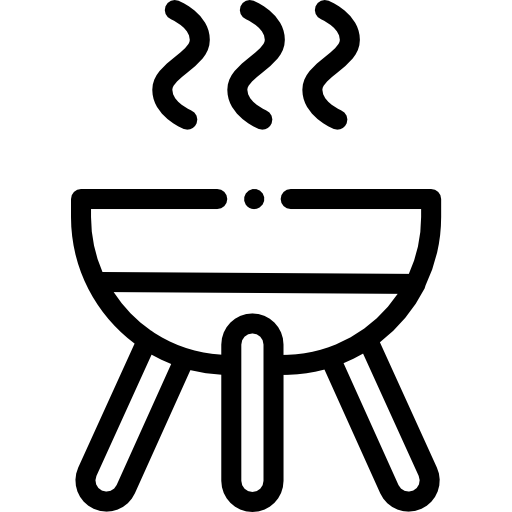There are so many things to experience in the Capertee Valley.
There is 100 acres and so many things on the farm that you can do to keep yourself occupied.

Take a nap

Swim at the dam

Read a book

Play games

Go on a picnic

Feed the ducks

Tuscany Art Trail

Relax & Enjoy

Have a BBQ

Go on a hike

Bird watch

Star gaze
Is a local café that is open Thursday to Sunday, 9am-3pm throughout the year. For breakfast and Lunch and has some local products for sale. Check their Instagram page to see opening hours during school holidays periods as it does vary.
14 minute drive from Tuscany
The town is of interest as an historic mining town and as the place of the first cement works in Australia, which was opened in 1902. Cement produced at the Portland cement works helped build the city of Sydney and the cement was shipped around Australia until the works closed in 1991.
The Portland Silos, now known as “The Foundations” were the 20th Silos to be included in the Australian Silo Art Trail and were completed in May 2018.
1-hour 5 minutes drive from Tuscany.
Lake Lyell is a popular area utilised for fishing, water skiing, 4WDing, swimming, canoeing. The Lake has plenty of fish for the angler in the family, Rainbow Trout, Brown Trout, Australian Bass, Macquarie Perch, Goldfish and Redfin.
1-hour 5 minutes drive from Tuscany.
Glen Davis is an old shale mining town located 70 kilometres north of Lithgow in the Capertee Valley, Glen Davis constituted the only attempt to commercially produce petrol from shale oil in Australia. Historic walking tours of the Ruins of the Oil Shale Processing Plant in Glen Davis, Capertee Valley. Address: The Poplars, 3491 Glen Davis Road, Glen Davis. Meet at front gates. When: Saturday’s @2pm until daylight saving kicks in, after which it becomes 5pm. The Ruins are situated on a 300-acre property, in a majestic setting surrounding by the Wollemi National Park & backing onto the Colo River & the wilderness beyond. Tour takes 2 hours. *Cash only can be accepted.
It is the town that is featured on the first Australian $10 note. A former gold mining town still feels like it might have in the 1870s when people came seeking quick fortunes.
Gulgong is home to around 130 National Trust-listed buildings, many complete with their original verandas and iron-lace balconies. You can also see Australia’s oldest operating opera house, the Prince of Wales Opera House, which opened in 1871, and where the great Dame Nellie Melba once performed.
Gold fever struck the region in 1870, when payable gold was found at Red Hill and 20,000 people flocked to the area. Prior to that, Gulgong was just a sheep-run, a large property for raising sheep. Learn about the gold rush at the Gulgong Pioneers Museum and on the Gulgong Gold Experience.
The excellent Gulong Holtermann Museum is housed in two 1870s buildings on Mayne Street. Inside you’ll find a display of more than 350 photographs of the region from the UNESCO-listed Holtermann Collection. Interactive displays allow you to immerse yourself in the past through the striking black and white images.
The great Australian writer and bush poet Henry Lawson spent his childhood in the area. Discover more about his cultural legacy at the Henry Lawson Centre.
© 2024 Tuscany Truffle Farm. All Rights Reserved. Website by SEOcycle